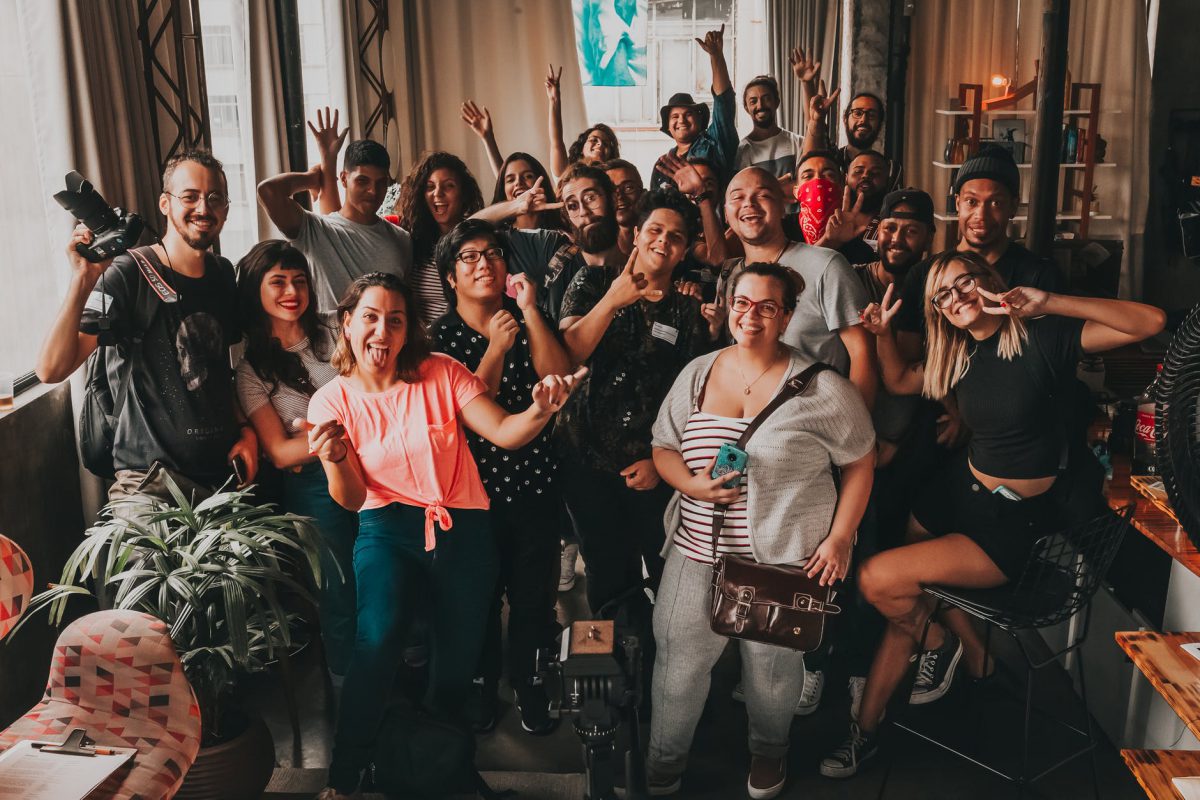Now that we’ve been in the clutches of the pandemic for more than a year, it’s clear that the need to develop and deliver a world-class digital employee experience is here to stay. The employee experience extends from pre-hiring all the way through off-boarding, so there’s a lot to consider. If you want to ensure your company’s reputation as an employer of choice, you’ll need to do your best to reduce friction at every point in the employee journey. While that may sound like an overwhelming mandate, there are many tools out there to assist you.
For better or worse though, tools can only take you so far. Building a top-notch digital employee experience requires the right balance of automated processes, self-service options, and human elements. For instance, it’s important to provide ample information to help employees easily answer their own questions about benefits, but it’s also key to have someone available to support them in selecting the right plan for their circumstances. The ultimate goal is to streamline processes and make employees’ lives as easy as possible, while at the same time keeping costs down and freeing up People team members to focus on the tricky parts of work life that really require human support/intervention. Read on for our top tips to build a digital employee experience that delights and drives impact.
Why the digital employee experience is more important now than ever
We’ve all been through a lot over the past year. Many have lost loved ones, lost jobs, and almost all of us have lost our way of life. Mental health issues have skyrocketed; between 2019 and 2020, reported symptoms of anxiety have more than tripled, and depression symptoms have almost quadrupled. Questions about the vaccine, new strains, and what a safe return to the office could even look like abound. In order to remain engaged and productive amidst ongoing homeschooling and other household challenges. employees need to be able to easily access the information they need, communicate with colleagues, and clearly understand their objectives.
Moreover, as the economy rebounds, employers looking to attract and retain the best talent will need to offer something better than what employees can get by going to work for the competitor. Without exciting office perks, free food, and the other usual hallmarks of ‘great’ employee experiences to fall back on, companies will need to identify new ways of outshining similar job offers. Additionally, many employees have learned a lot more about what is important to them in their work lives over the course of the pandemic, so employers have new expectations to contend with as well. All of this makes optimizing the digital employee experience one of, if not the most important thing companies can do in 2021.
Five areas to focus on to upgrade your digital employee experience
There are innumerable different ways to approach building a great digital employee experience, so it can be difficult to know where to start. Accordingly, we’ve assembled some of our top recommendations to help you frame your thinking:
- Focus on flexibility. In a recent Deloitte study of 1,000 white-collar professionals, virtually all respondents noted that workplace flexibility was a priority for them. Two significant shifts have made building flexibility into your policies one of the most crucial things you can do to elevate your employee experience, digital or otherwise: shifting household responsibilities including child and elderly caregiving, and the forced transition to remote work which gave employees a taste of what flexibility has to offer them. Translate this to your digital employee experience by ensuring that employees have all of the tools they need to work from a variety of locations and at a variety of times.
- Prioritize accessibility. In order to build an enviable digital employee experience, it’s crucial to prioritize accessibility over gatekeeping. Employees shouldn’t have to constantly ask around in order to collect the documents and information they need to do their job well. Ensure that every team has a clear information management system so that employees know where to go to access relevant files, and be as transparent as possible with broader company and benefits information. According to a McKinsey report pre-pandemic, employees spend nearly two hours every day searching for information. Do your digital employee experience a favor by making sure employees can access the systems and information they need, when they need them.
- Set expectations. While remote working certainly came with benefits for many employees, including eliminating their commutes, it also contributed to pressure to be working all the time. This is unhealthy and unproductive for any employee experience, so clarify to your employees when they should be available digitally, and when it’s good to be ‘off the clock’. Similarly, clear is kind; without as much contact with colleagues and superiors, employees can wind up in the dark about their objectives and deliverables. Identify digital tools to guard against this, whether they’re check-in-related or designed for project management. Eliminate as much ambiguity from people’s workdays as possible, both for their mental wellbeing, and to protect the company from paying for needless or inaccurate work.
- Connect colleagues. Seamless social connectivity is crucial to differentiating your digital employee experience from those of your competitors. Nearly 40% of workers report a worsening sense of isolation in 2021, which impacts everything from productivity to retention. Offering a digital space for employees to connect more casually, particularly around issues not related to their core job responsibilities is a key element to keeping your team engaged and collaborating successfully. Planning digital events is great, but it’s also important to empower your team to make those informal connections themselves via a dedicated “virtual water cooler” setting.
- Stay consistent. Don’t give employees more to worry about than they already have. Inconsistence breeds anxiety, so do everything possible to encourage consistency across your digital channels at all times. Ensure employees know what systems are to be used for which functions, what use cases apply for each communication channel, and promptly share any changes with employees at all levels of the organization.
Designing and delivering a top-notch digital employee experience in today’s day and age is both difficult and easier than ever. There are myriad tools at your disposal to help you meet and exceed the recommendations above on behalf of your team. Of course we’re biased, but if you’re looking for a great way to satisfy item four in particular, Workrowd can help. Our digital employee experience platform serves both people and profit and is designed to empower every employee to build a work life they love. Come visit us at workrowd.com to learn more, or send us a note at hello@workrowd.com. We’d love to see how we can help you help your people, especially as we continue to weather the waves of the pandemic.












